Description
Polyvinylidene
General Information
Polyvinylidene, also known as polyvinylidene difluoride and PVF2 is part of the fluoropolymer family, a group of specialized and flexible polymeric materials with distinct properties resulting from the strong bonding between their carbon and fluorine atoms and the fluorine shielding of the carbon framework. PVDF is a special polymer with thermoelectric and piezoelectric properties. It manufactures a wide range of products with high purity, strength, and chemical resistance for electrical, electronic, biomedical, construction, fluid systems, and petroleum. And gas and food industries. As a semi-crystalline thermoplastic, PVDF is used in applications where the highest purity is required and will resist harsh chemicals; PVDF is one of the best radiation-resistant plastics available, second only to PEEK and polyimide. Its highly desirable insolubility and electrical properties result from the polarity of the alternating CH2 and CH2 groups on the polymer chain.
Usage of Polyvinylidene
Polyvinylidene and its copolymers exhibit flexibility and electrodynamic reactivity, including piezoelectricity, thermoelectricity, and ferroelectricity. In recent years, they have been applied in many applications, such as memory, transducers, actuators, and energy harvesting. Some of the more common uses of PVDF components include:
| Applications |
| Filaments for additive manufacturing
High purity semiconductors Wire and cable isolators Biomedical, artificial membranes Nuclear waste processing Pipe and pumping applications General chemical processing Water treatment membranes Food and pharmaceutical processing Battery and sensors Architectural coating |
Polyvinylidene
Technical data sheet & Chemical Formula
Polyvinylidene is a semi-crystalline thermoplastic polymer. Its degree of crystallinity varies from 35 to 70%, depending on the preparation method. What makes it special is that it has a unique combination of mechanical and electrical properties (e.g.: With the chemical formula (CH2=CF2)n, PVDF is in the middle of polyethylene (PE: (CH2=CH2)n ) and polytetrafluoroethylene (PTFE: (CF2=CF2)n ). Its simple chemical structure gives it the versatility of PE and some of the stereochemical limitations of PTFE. The different molecular and crystalline structures of PVDF vary depending on the sample preparation process. The complex crystalline polymorphism of PVDF is not found in other synthetic polymers. There are five known crystal forms in PVDF: Alpha, beta, gamma, delta, and epsilon. It constitutes the primary phases, along with the alpha and gamma phases.
| Mechanical Properties | |
| Tensile strength (at 23°C) | 9 – 120 MPa |
| Compressive strength (at 23°C) | 13.8 – 172 MPa |
| Elongation at yield (at 23°C) | 3.5 – 40 % |
| Yield strength (at 23°C) | 4.8 – 120 MPa |
| Elastic modulus (at 23°C) | 0.03 – 17.1 GPa |
| Flexural modulus (at 23°C) | 0.07 – 20.9 GPa |
| Density (at 23°C) | 0.7 – 1.89 g/cm3 |
| Water absorption (at 23°C) | 0.01 – 0.5 % |
| Electrical Properties | |
| Dielectric strength (at 23°C) | 1.4 – 110 kV/mm |
| Surface resistivity (at 23°C) | 1*1010 – 1*1014 Ohm/sq |
| Dielectric constant (at 23°C) | 6 – 8 |
| Volume resistivity (at 23°C) | 1*106 – 3.2*106 Ohm.cm |
| Thermal Properties | |
| Melting point | 92 – 342 °C |
| Specific heat capacity (at 23°C) | 665 – 1500 J/kg.K |
| Thermal conductivity (at 23°C) | 0.13 – 0.19 W/m.K |
| Coefficient of thermal expansion (at 23°C) | 2*10-5 – 2.6*10-4 /K |
| Glass transition temperature | -43.3 – -38.3 °C |
Packing of Polyvinylidene
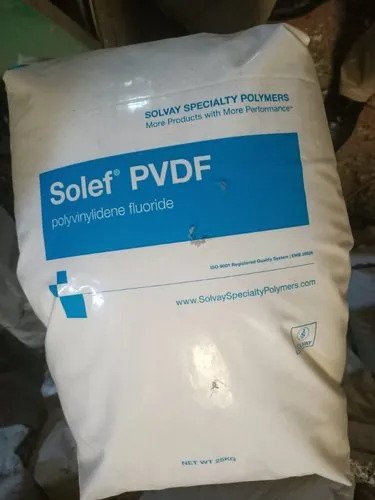
Packing
Polyvinylidene is usually packed in 15 to 100 kg PP bags.
Safety & warning & transportation of Polyvinylidene
Polyvinylidene is non-hazardous, following the regulations outlined in the Hazard Communication Standard. Take them out into the sun; If their condition worsens, you should consult a doctor. In other words, see your doctor if you feel the need. Instead of using ice to cool the burn, stand under fast-moving water. If the chemical gets on the skin, DO NOT try to wash it off with water. Injury to surrounding tissue is a real possibility during removal. Check-in now. Safe and functional emergency showers should always be easily accessible. One of the main ways to truly take care of your eyes is to spray them with a bit of water from time to time. Don’t stop washing after the first second, and keep your contacts on while you do. If symptoms persist, see a doctor, preferably an ophthalmologist. Get medical help right away if swallowed. It may cause constipation. You don’t have to take any special steps to get from A to B.

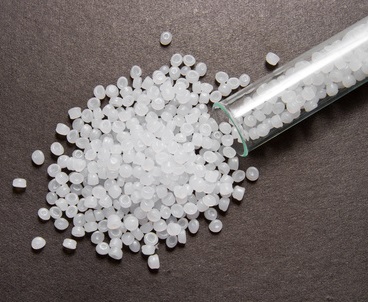
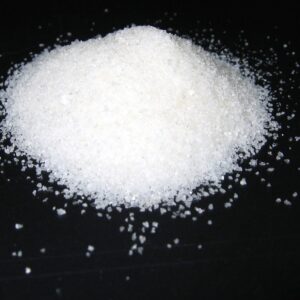
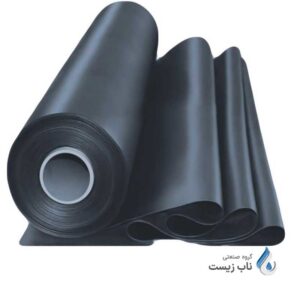
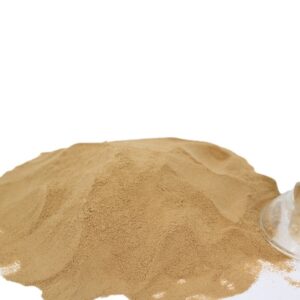
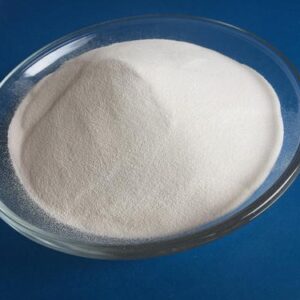
Reviews
There are no reviews yet.